If a Mac Has a Program Downloaded
How To + Software & Apps
How to Install Applications on Your Mac
Posted on March 23rd, 2021 past and Kirk McElhearn
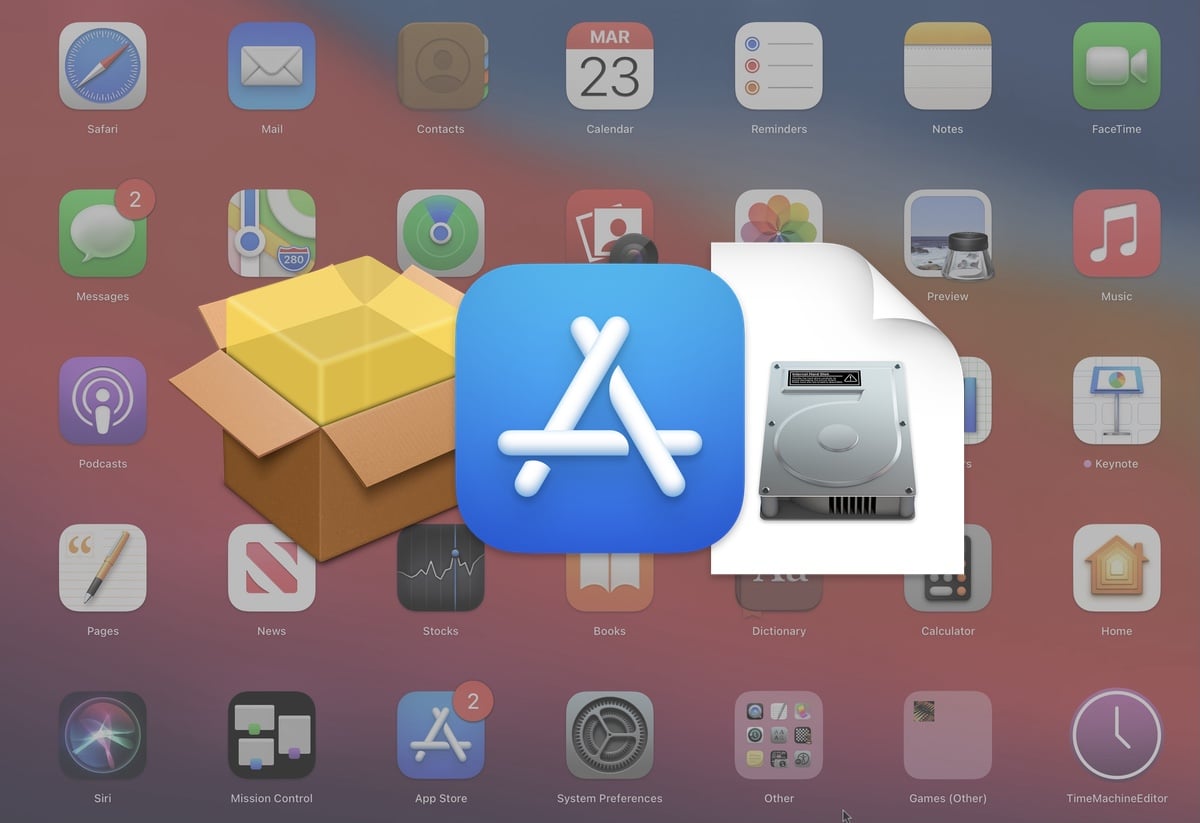
Installing new apps on your Mac should be straightforward. Withal, information technology can sometimes be disruptive – installation methods are varied, and you'll occasionally see scary warnings. In this commodity, we'll show y'all the various ways you can install apps on Mac, and tell yous about the warnings you lot may see.
How to install apps from the Mac App Store
The Mac App Store is one of the all-time ways to go and install apps on your Mac. It has its pros and cons, just for ease of use, information technology gets the highest rating.
Select App Store from the Apple menu and the Mac App Shop will open. When signed in with your Apple ID, you tin can download apps: click Go so install app for a gratuitous app, or one with in-app purchases, or click the price label for a paid i. In-app purchases are indicated next to the Get button, if there are any. You'll demand to confirm payment by inbound your Apple tree ID/countersign.
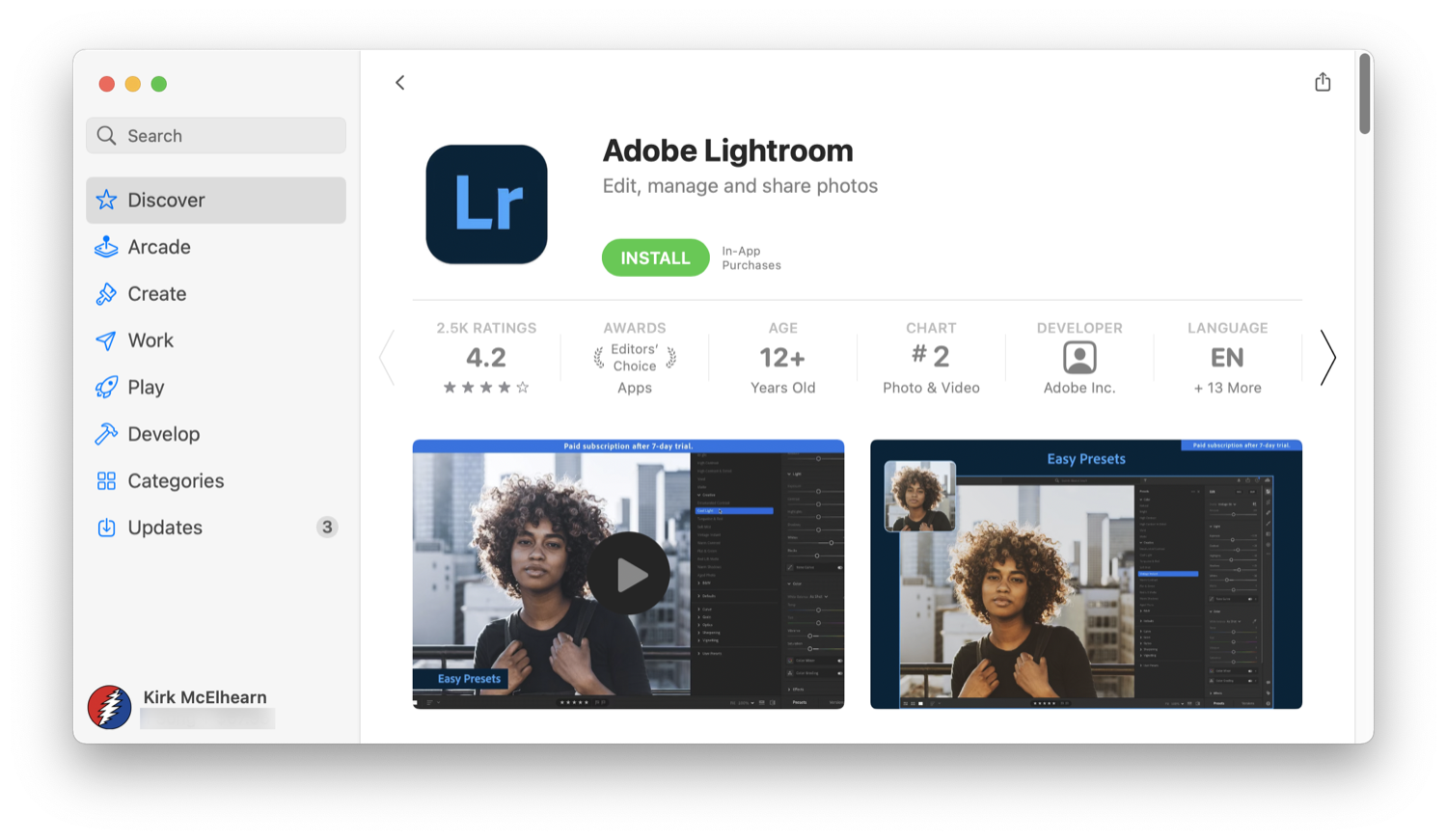
Apple reviews every Mac App Shop app (and update) prior to release, minimizing the likelihood of problems.
The App Store is besides a great fashion to centralize your app updates. In System Preferences > Software Update, you lot can choose to take App Store updates installed automatically.
How to install Mac apps downloaded from 3rd-party websites
Apple imposes limitations on developers, meaning some cannot – or cull not to – release their apps on the Mac App Store. Reasoning varies from a lack of deep system access for utilities to app creators wanting the ability to immediately upshot updates rather than having them await Mac App Store review.
If you lot decide to download app installers from the Net, only do then from reputable sources. Ideally, download from developer websites (like Intego'southward) and not from app listing websites.
Unless y'all've changed your browser's settings, downloaded installers will exist sent to ~/Downloads, and they come in a diverseness of forms:
DMG files are mountable disk images. When you double click a DMG file, a Finder window opens. DMGs may contain an installer that itself must exist opened, afterward which point you follow on-screen instructions. Almost, though, simply contain a copy of the app.
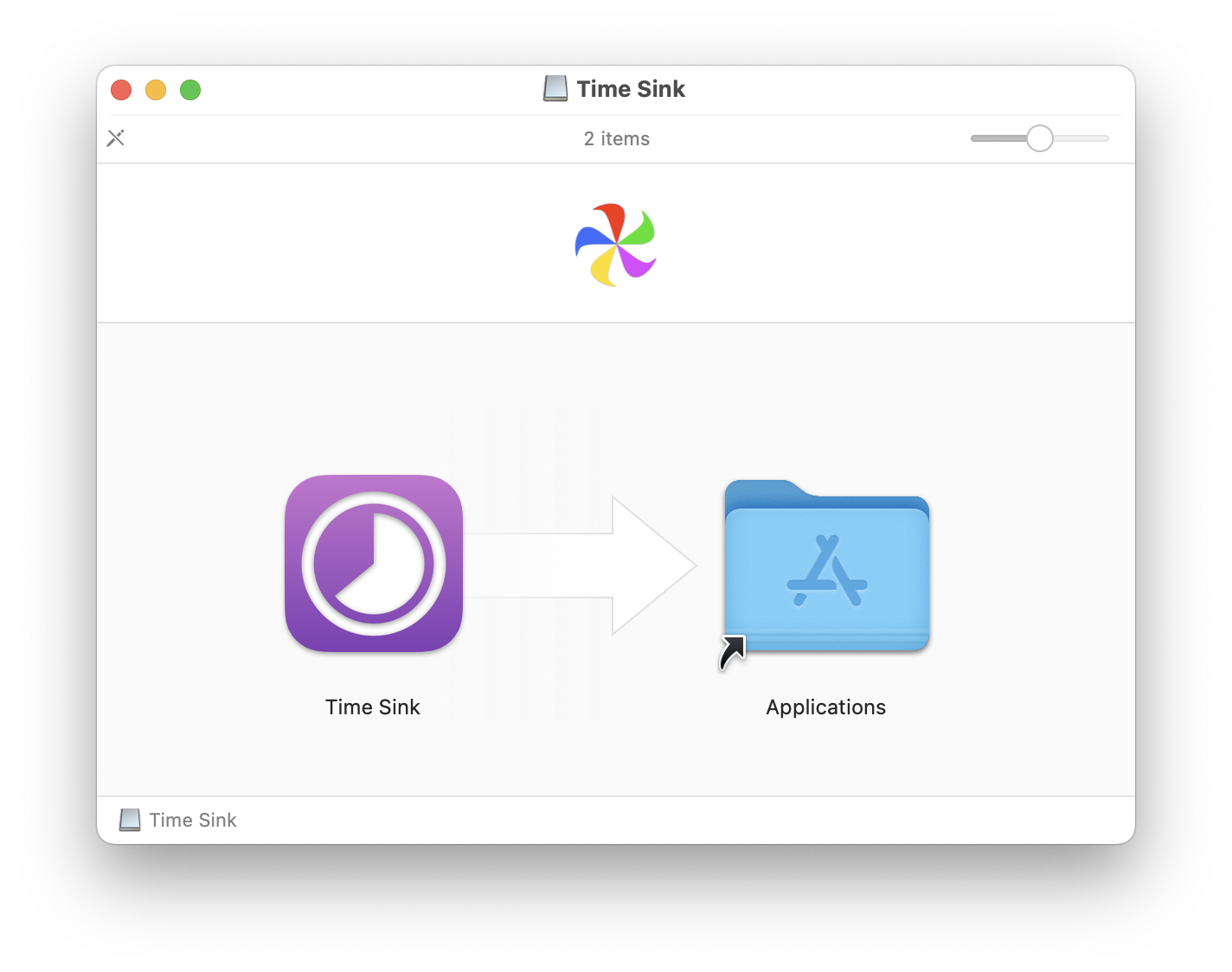
Practise not run the app from inside the DMG – instead drag information technology to your Applications folder. A folder shortcut may be provided to make this easier. When you're washed, unmount the DMG by clicking the eject icon adjacent to its name in the Finder sidebar, or by Ctrl-clicking within the DMG'south window and selecting Eject.
ZIP files (and, very occasionally, RARs) are athenaeum that tend to contain just an app. Once again, drag the app to your Applications folder before opening it. In part, this keeps things tidy, but some apps won't run unless they're in that folder. (Some will offer to movement themselves when opened from the wrong location.)
PKG files are installation packages that incorporate scripts to directly installation, and files to be installed. These lead y'all through a multi-pace installation process, and tend to exist used for apps and utilities that crave additional components, system services, and/or files to exist placed elsewhere on your computer. (This is automated; y'all substantially click a few times to allow the PKG to do its thing.)
In one case y'all've installed your apps, you lot can delete the DMG, Zilch, or PKG files, just yous may want to keep them, if the apps are large, and your bandwidth is limited, in case you lot demand to reinstall the apps, or install them on some other Mac.
How to install Mac apps from tertiary-party app stores
In that location are some third-political party equivalents to the Mac App Store. They're typically specialized in nature, and contain a core app that when launched enables you to manage which products from the service you install on your Mac. Games store Steam is the most popular. It assumes you'll launch purchased games from within its app rather than /Applications, although it is possible to create desktop shortcuts you can after move.
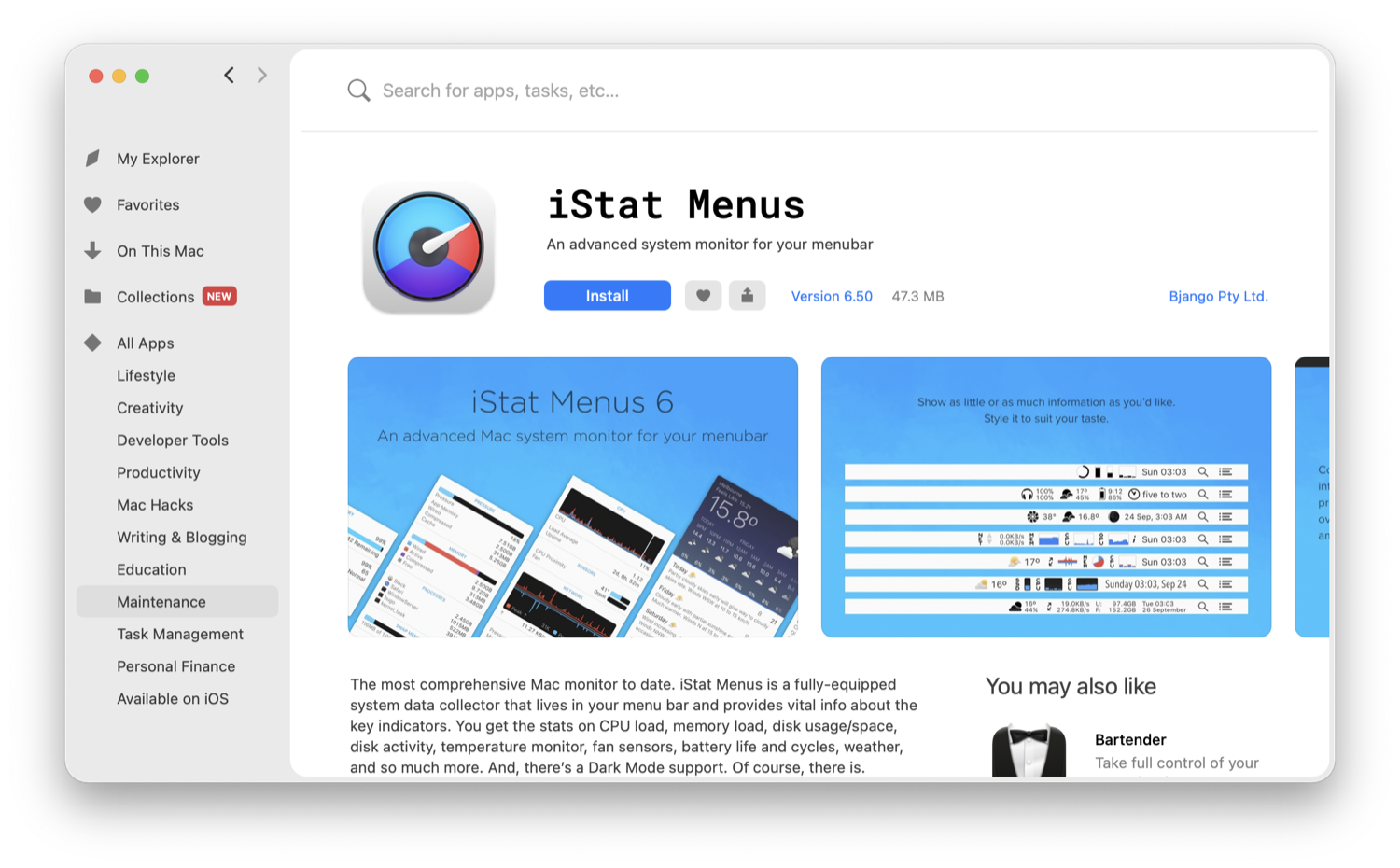
A more Mac-like instance of a third-party app store is Setapp. It's sort of like a curated Netflix for apps – for a monthly fee, you get access to dozens of hand-picked apps. Installed apps are placed inside /Applications/Setapp. Don't manually mess well-nigh with these; utilize Setapp's interface for subsequent management.
Articulate warnings when installing apps
When installing and launching apps, your Mac may display security warnings. For example, when you download an app from the Internet, your Mac will enquire for confirmation before you run it the first time. (This assumes that in the Security & Privacy pane of System Preferences you allow apps downloaded from identified developers. That is the default setting; it can be adapted past clicking the lock, entering your admin password, and selecting the relevant radio button.)
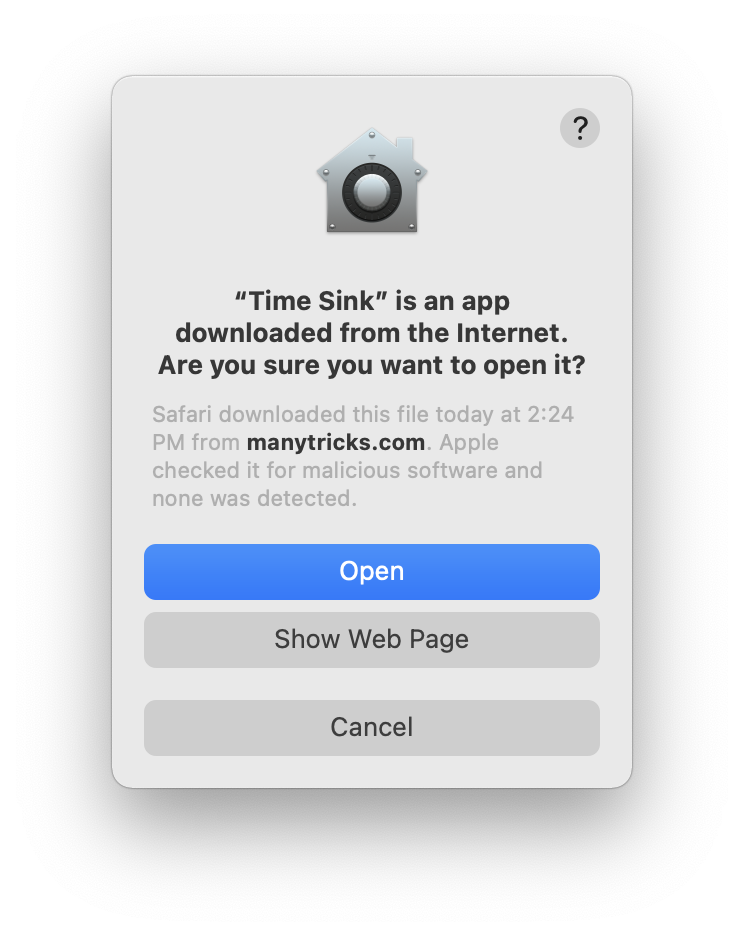
You lot may also become dialogs from apps, the first time you launch them, requesting access to things similar your Downloads folder, camera, microphone, and other elements.
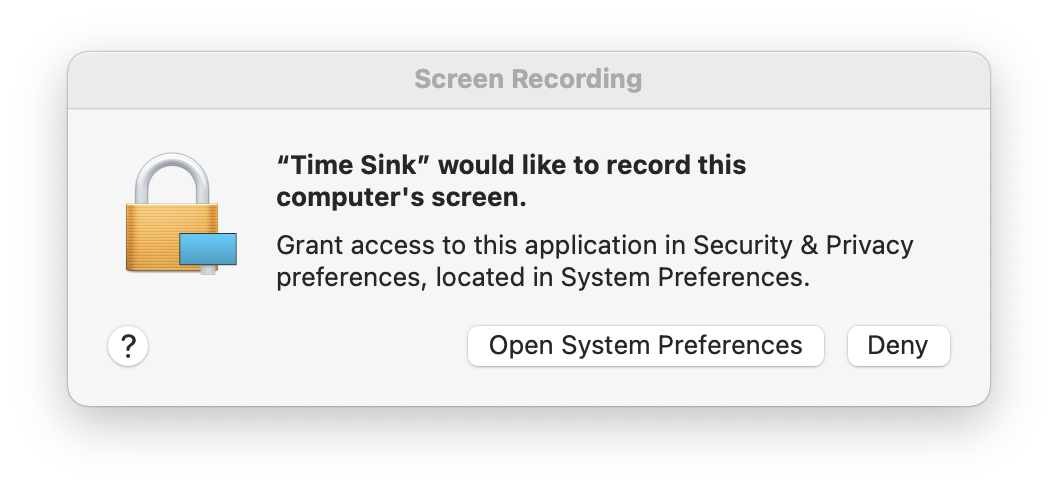
In some cases, such as granting access to your Downloads folder, y'all merely need to click OK on a dialog. But in others, such as the example above, you have become to System Preferences to explicitly grant permission. These settings are recorded in System Preferences > Privacy, and at that place is a whole column of areas where you tin grant or deny permission to apps. When granting permission, you need to click the padlock, enter your password, then check the advisable boxes.
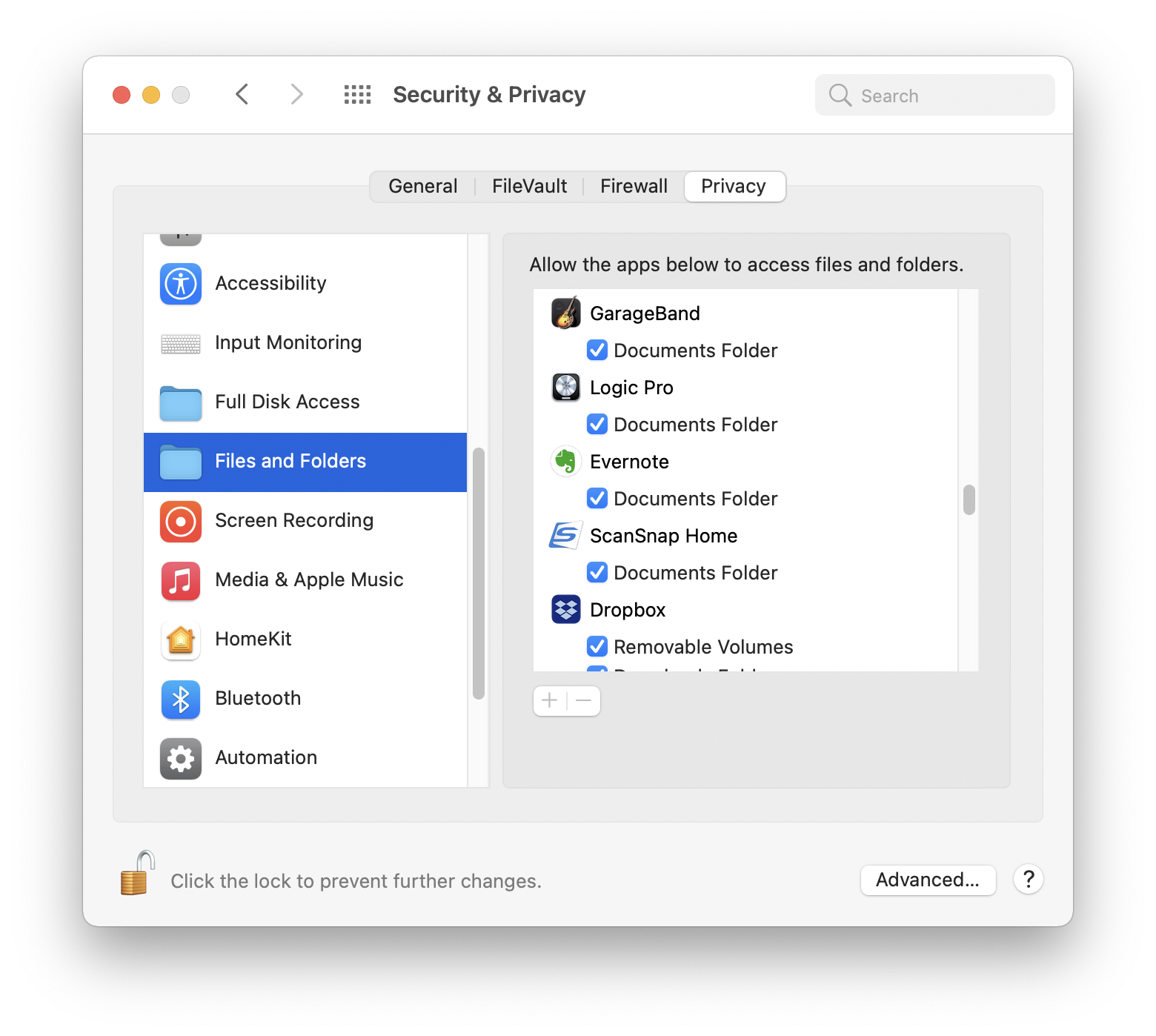
In the Full general pane of System Preferences is a setting to allow apps downloaded from the App Store, or from the App Store and identified developers. These latter are developers who have accounts with Apple, and sign their apps with an Apple tree-provided certificate, to ensure their provenance.
Merely there are times when you may want to open apps from unidentified develops. To do this, select the app in the Finder, right-click or Control-click, then choose Open up.
If you try to open an app from an unidentified developer past double-clicking, you can too open up it by going to System Preferences > General, where there will exist a button, nigh the lesser of the window, saying Open Anyway. Click this button to open up the app. The button is visible for about an hour after you lot get-go launch the app.
Y'all won't need to do this after the get-go fourth dimension you launch an app; your Mac remembers your settings.
How tin can I learn more?
 Each week on the Intego Mac Podcast, Intego's Mac security experts discuss the latest Apple news, security and privacy stories, and offer practical advice on getting the well-nigh out of your Apple devices. Exist sure to follow the podcast to brand certain you don't miss any episodes.
Each week on the Intego Mac Podcast, Intego's Mac security experts discuss the latest Apple news, security and privacy stories, and offer practical advice on getting the well-nigh out of your Apple devices. Exist sure to follow the podcast to brand certain you don't miss any episodes.
Y'all can also subscribe to our electronic mail newsletter and proceed an eye hither on Mac Security Web log for the latest Apple security and privacy news. And don't forget to follow Intego on your favorite social media channels: Facebook, Instagram, Twitter, and YouTube.
About Craig Grannell
Craig Grannell is a technology writer, more often than not specialising in Macs, iOS, apps, and games. He'south been immersed in all things Apple for over twenty years, and enamoured with computers since getting his easily on a VIC-20 equally a kid. He too has a Korg Gadget addiction. Send aid. Or alternatively, visit his website, craiggrannell.com, and follow him on Twitter at @craiggrannell. View all posts by Craig Grannell →Source: https://www.intego.com/mac-security-blog/how-to-install-applications-on-your-mac/
0 Response to "If a Mac Has a Program Downloaded"
Post a Comment